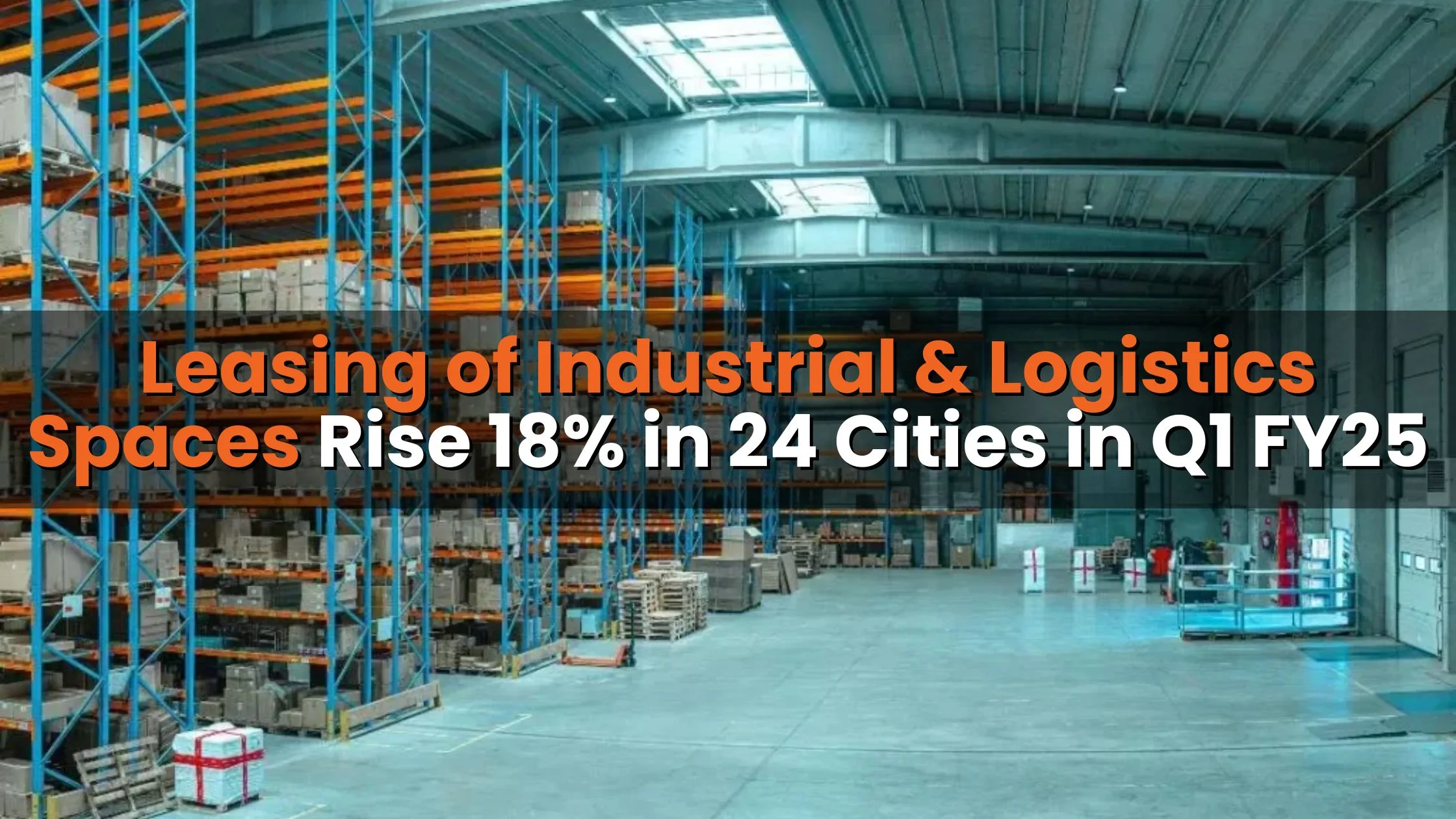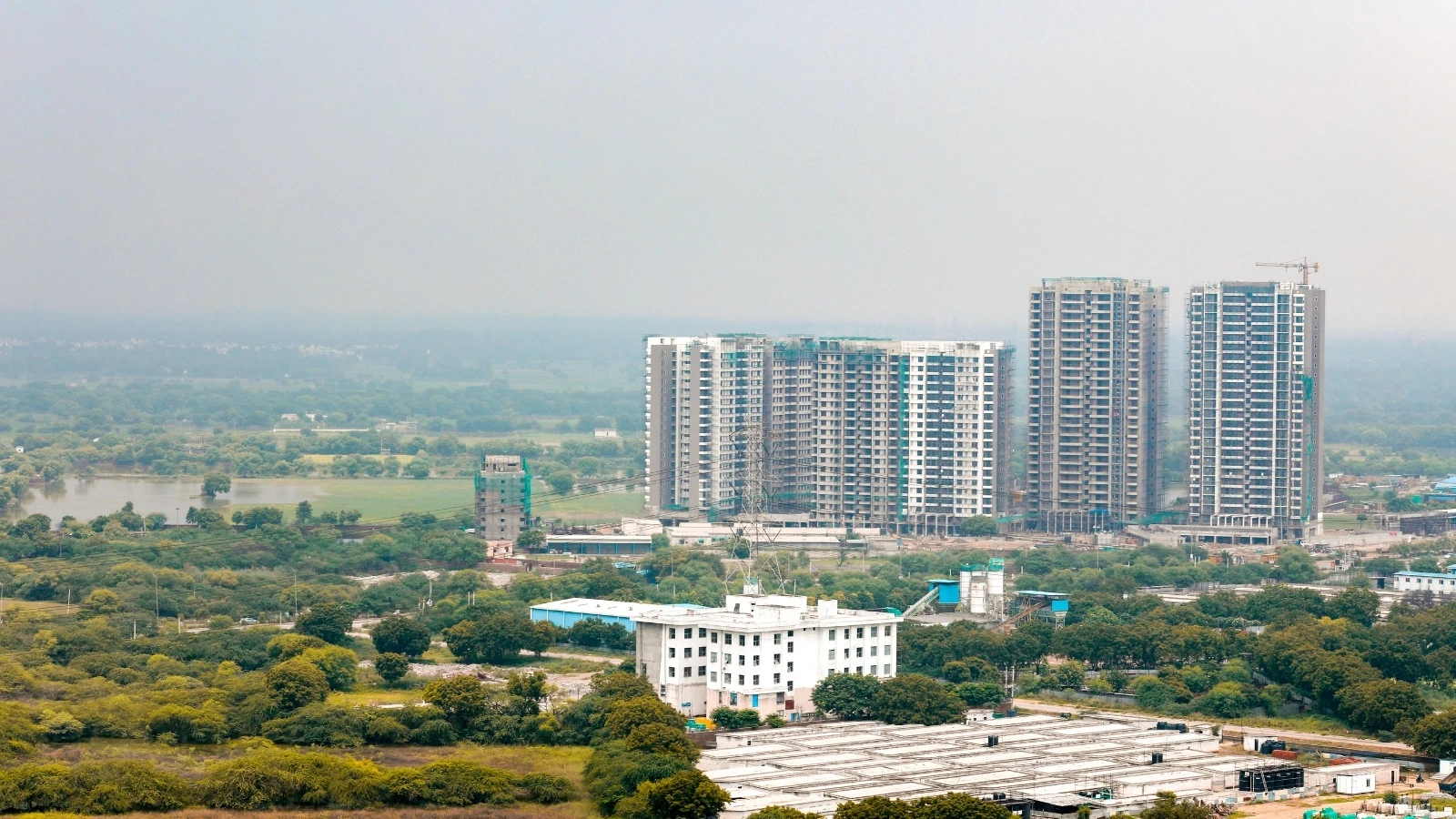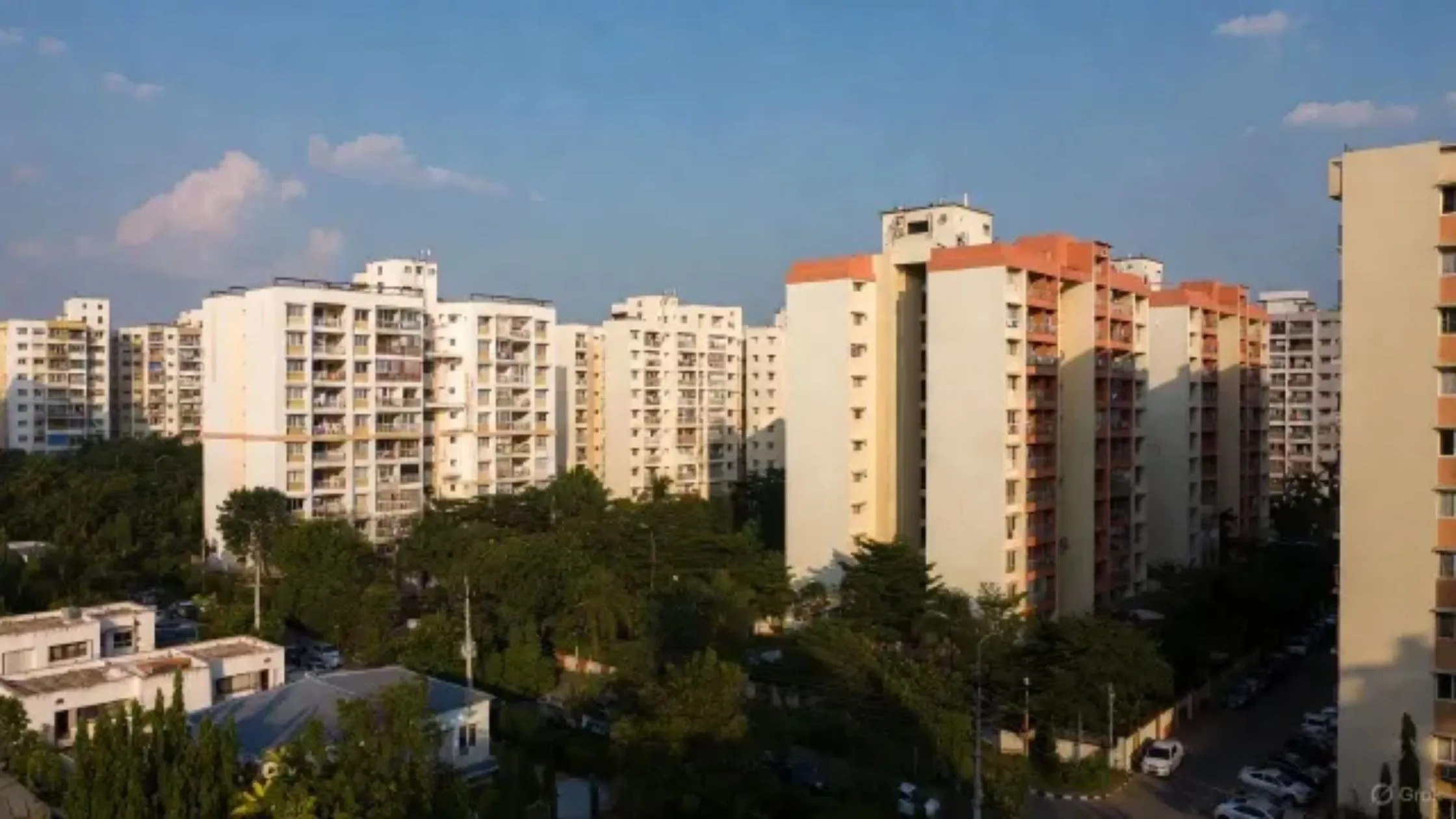Table of Content
The industrial and logistics real estate market in India has witnessed remarkable growth, with leasing activities rising by 18.5% in the fourth quarter (January- March) of FY25. According to Savills India, a leading real estate consultancy, this surge underscores the increasing demand for logistics and industrial spaces across 24 cities in India.
Tier-I Cities Lead the Way
Savills India’s data highlights that Tier-I cities played a pivotal role in driving leasing activities. These cities, including Ahmedabad, Bengaluru, Chennai, Hyderabad, Kolkata, Mumbai, Delhi-NCR, and Pune, accounted for a significant 79% of the leasing activities.
Conversely, Tier-II and Tier-III cities such as Guwahati, Bhubaneshwar, Patna, Hosur, Coimbatore, and others contributed 21% to the total leasing activities. This division illustrates the growing industrial and logistics potential in smaller cities while reaffirming the dominance of major urban centers.
Also Read: Tamil Nadu Introduces Self-Certification for Stilt + Two-Floor Residences
Key Sectors Driving Demand
The leasing demand was driven by various sectors, with the manufacturing segment leading at 30% of total space absorption. Other key contributors included:
- 3PL (Third-Party Logistics): 26%
- Retail Segment: 12%
- E-commerce: 10%
- FMCG & FMCD (Fast-Moving Consumer Goods & Consumer Durables): 9%
The diversified demand across these sectors indicates a robust and dynamic industrial and logistics market in India.
Expansion in New Supply
The supply of industrial and logistics spaces also rose substantially by 23%, reaching 159 lakh square feet in Q4 FY25 compared to 129 lakh square feet in the same period the previous year. Notably:
- Tier-I Cities: Contributed 78% (12.4 million sq ft) of the new supply.
- Tier-II and Tier-III Cities: Added 22% (3.6 million sq ft).
This supply growth aligns with the surging leasing activities, ensuring that the market can cater to the increasing demand.
Regional Highlights
Tier-I Cities:
- High leasing and supply volumes were recorded in cities like Bengaluru, Chennai, and Delhi-NCR, showcasing their critical roles as industrial and logistics hubs.
Tier-II and Tier-III Cities:
- Cities like Coimbatore, Jaipur, and Lucknow emerged as growing markets, reflecting the government’s focus on regional industrial development and improved infrastructure.
Factors Contributing to Growth
Several factors have fueled this surge in industrial and logistics leasing, including:
1. E-commerce Growth: The rapid expansion of online shopping has increased the need for logistics and warehousing facilities.
2. Policy Reforms: Government initiatives promoting manufacturing and infrastructure development have bolstered industrial activities.
3. Supply Chain Optimization: Companies are investing in advanced logistics spaces to enhance efficiency and reduce costs.
4. Increased Investment: Both domestic and foreign investors are capitalizing on India’s growing industrial market.
Conclusion
The 18.5% growth in leasing activities in Q1 FY25 reflects the resilience and potential of India’s industrial and logistics market. As Tier-I cities continue to dominate and smaller cities gain momentum, the sector is set to play a crucial role in India’s economic growth.
With the manufacturing, retail, and e-commerce sectors driving demand, and significant new supply coming online, the market offers promising opportunities for investors and stakeholders alike.
The sustained growth trajectory of this sector reaffirms its position as a cornerstone of India’s real estate and economic landscape.
Also Read: YEIDA to Hire Developer to Complete Delayed Sports City Projects, Bringing Relief to JAL Buyers








Ans 1. India has witnessed a robust growth in industrial and logistics leasing, particularly in Tier-I cities, driven by increasing demand from e-commerce, manufacturing, and third-party logistics (3PL) sectors.
Ans 2. Tier-I cities like Mumbai, Delhi NCR, Bengaluru, Hyderabad, Pune, and Chennai are leading the market due to their established infrastructure and proximity to industrial hubs.
Ans 3. Key factors include rising e-commerce demand, growth in manufacturing under initiatives like Make in India, supply chain optimization, and increased focus on Tier-II cities for logistics expansion.
Ans 4. The e-commerce boom has significantly increased the demand for warehousing and last-mile delivery hubs, especially in urban and suburban areas, to meet fast shipping requirements.
Ans 5. Manufacturing contributes to the demand for logistics spaces by requiring large-scale storage, distribution hubs, and integrated supply chain networks, particularly in industrial zones.